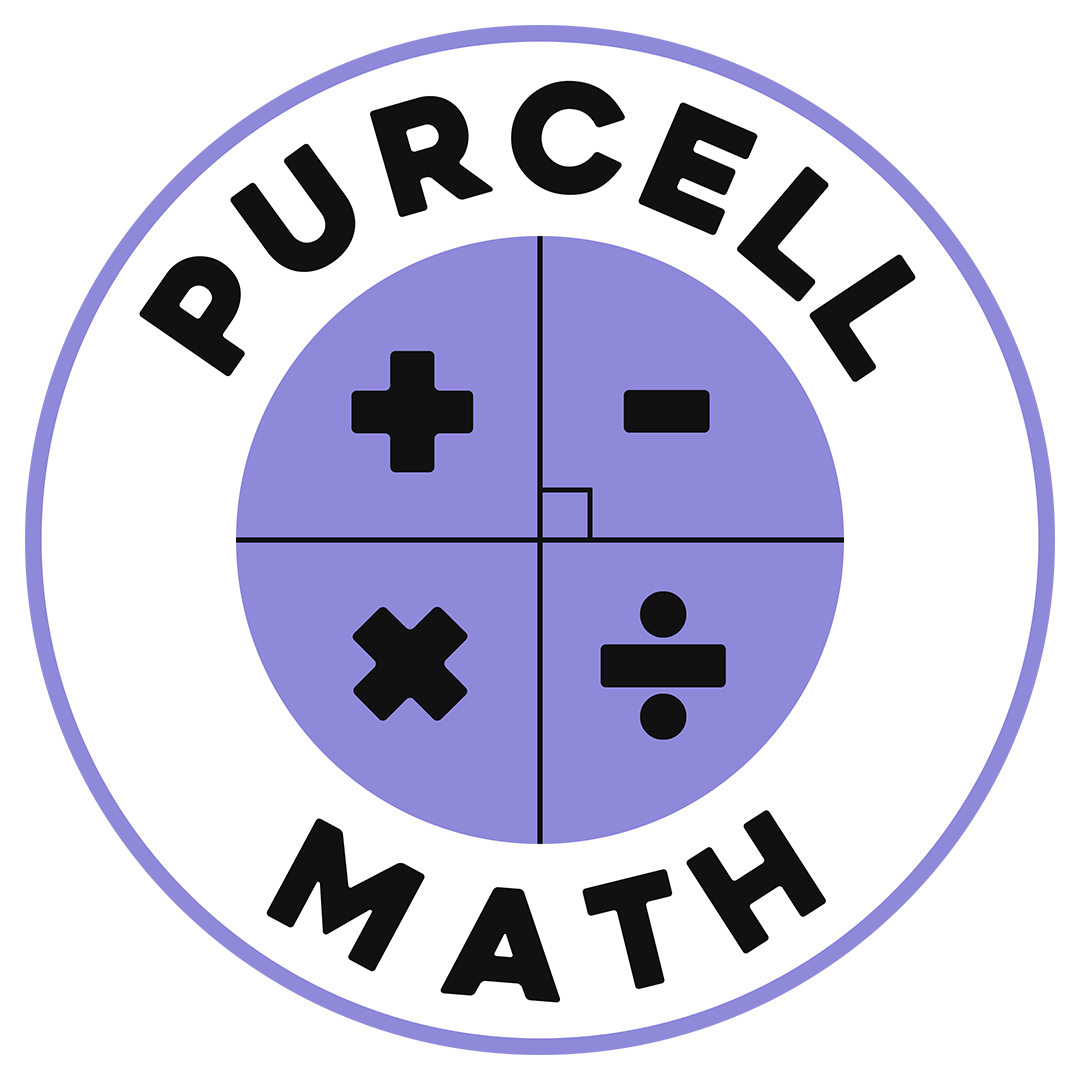Understanding Types of Fractions
Introduction
Fractions come in various types, each serving a unique role in math problems and helping students understand how numbers can be divided and represented in different ways. Here, we’ll walk through the main types of fractions and their definitions, giving clarity to this foundational math concept.
Mixed Fractions
A mixed fraction combines a whole number with a fraction, making it useful for representing quantities larger than one
For example, in the fraction \[ {2} {2 \over 3} \]the “2” is the whole number,
while\[ {2 \over 3} \] is the fractional part.
Improper Fractions
An improper fraction has a numerator larger than or equal to the denominator, meaning the fraction represents a quantity larger than one.
For instance, in the fraction \[ {4 \over 3} \]is an improper fraction because the top number \[ {4} \]is greater than the bottom number \[ {3} \]
Proper Fractions
A proper fraction has a numerator smaller than the denominator, meaning it represents a quantity less than one.
For example, \[ {1 \over 2} \]is a proper fraction, as the numerator \[ {1} \] is less than the denominator \[ {2} \]
Complex Fractions
A complex fraction has a fraction in either the numerator, denominator, or both. This can make operations more challenging but is often useful in advanced calculations.
For instance, \[ {3 \over 4} \over {2 \over 3} \]is a complex fraction.
Why Understanding Fraction Types Matters
Each type of fraction has its purpose and appears in different kinds of math problems. Recognizing these types helps students better understand how to solve fraction problems, simplify equations, and apply fractions in real-world situations.
Conclusion
Understanding the types of fractions is essential to mastering this concept and improving problem-solving skills. From mixed fractions to complex fractions, each type broadens the tools students have for tackling math problems.
Like this:
Like Loading...

Contribute to the Formula